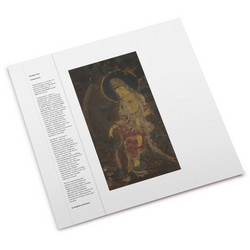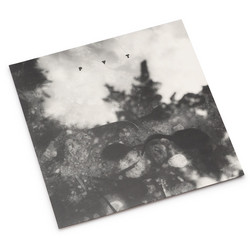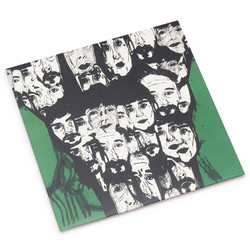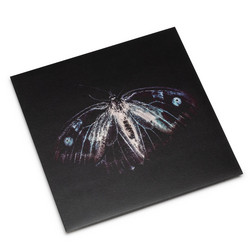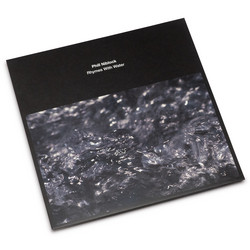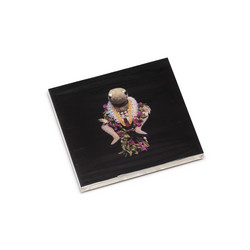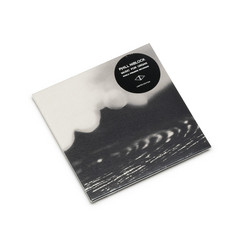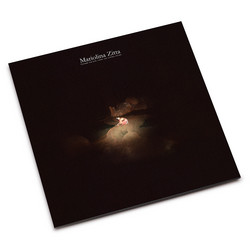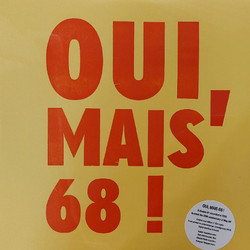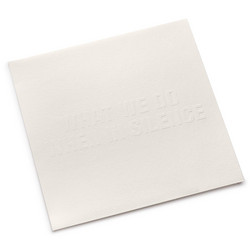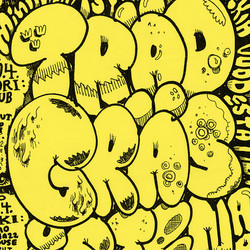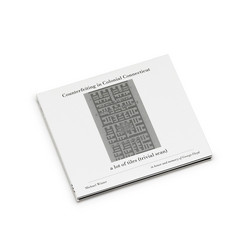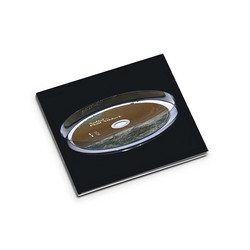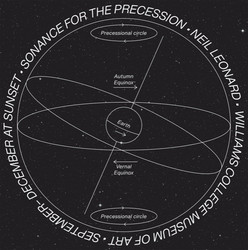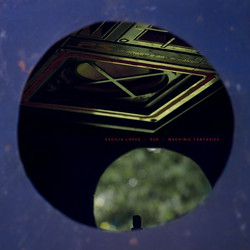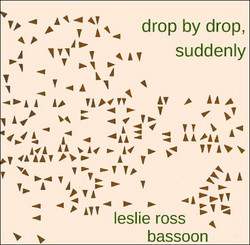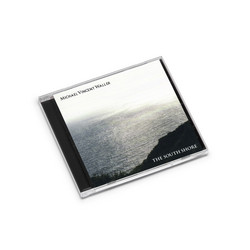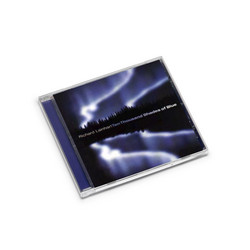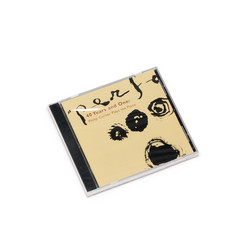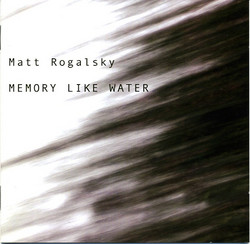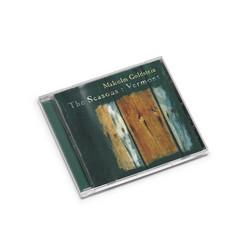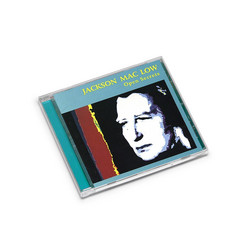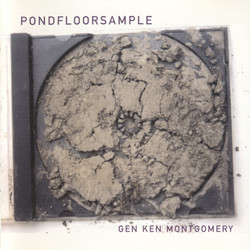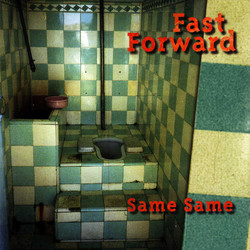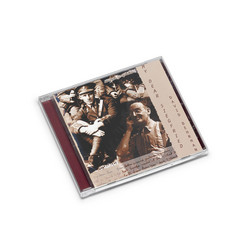There are any number of ways to hear Warren Burt's music for tuning forks; as many ways as there are listeners, probably. The most immediate one is simply to revel in its beauty and enjoy the music as sound. Or, to be more accurate, as clouds of sound; sonic colors that momentarily hover here and there, as they move slowly across the musical horizon.
Of course, Warren Burt's music may also be heard as the mature work of a major experimental composer, one secure in his craft, and still filled with a sense of sonic adventure. An explorer in sound. A composer willing to experiment with multiple versions of the same piece, not to mention one who allows chance to determine the precise placement of the composite pitches of his three individually composed lines.
For the more technically minded, these songs, for ultimately that's what they become on repeated hearing, can also be recognized as microtonal music. This is music that uses pitches smaller than a half-step; music that explores the sounds between the keys of the piano‹in this case, from 19 to 53 pitches to the octave, instead of the usual twelve. And even though most people rarely think of tuning in general, much less of microtonal tunings, it is an idea that has always been around. In the twentieth century this search for alternative tunings can be traced from Harry Partch and Lou Harrison in the first half of the century, through La Monte Young and Ben Johnston in the latter half, to Glenn Branca, Kyle Gann, and Michael Harrison today. The power of music, according to all of these composers, is, first and foremost, inherent in the tuning. So it should come as no surprise to anyone familiar with Warren Burt's music to learn that he, too, is a card-carrying member of this group. Warren is, after all, a composer who not only innately hears, but also cares greatly, about such minute differences in pitch. In his music, these differences matter on a fundamental level.
But what are these sonic differences? And what is a listener supposed to hear? Ben Johnston once described the shift in experience from listening to music played in equal temperament to hearing a microtonal performance as the sudden fine-tuning of an out-of-focus TV. Ben also once said that equal temperament could sound like varying shades of grey. Others, in less subtle terms, have described hearing microtonal music as the difference between seeing a Technicolor movie, and watching one in black-and-white. For the average listener‹once they realize that the enjoyment of microtonal music is about the tinting and the shading of the sound, and doesn't require superhuman hearing‹what they begin to notice first are the new colors and the spaciousness of the sound.
But what do I hear in Warren's music that attracts me so? I listen to the combinations of tones, each aggregate of which‹because the tuning is acoustically pure and non-tempered‹sounds clearer and more colorful, with unique personalities, and, sometimes, more of an edge. In this tuning, the chance-determined pairings of the composed lines always ring true, with even the dissonances vibrating cleanly, free of acoustic distraction, and with no sonic clutter to muddy up the sound. And within this microtonal world, sounds combine without losing their individuality, as the music slowly reveals its pitch and rhythm in slow, unhurried, chance-determined clouds of sound. In Warren Burt's hands, these tuning forks become some strange new instrument, complete with its own exotic tuning system, singing its songs somewhere on the verge of memory.


